Tarsus-metatarsal joints
Tarsus-metatarsal joints , articulatio nes tarsometatarseae , connect the tarsal bones to the bones of the metatarsus. There are three tarsus-metatarsal joints: 1) between the medial wedge and I metatarsal bones; 2) between the intermediate and lateral wedge-shaped and II-III metatarsal bones; 3) between the cuboid and IV-V metatarsal bones. The joint between the medial wedge and I metatarsal bones is formed by articular surfaces that have a mildly saddle-shaped form, and the remaining joints have flat articular surfaces. The line of the articular cleft of the tarsus-metatarsal joints is uneven, since the II metatarsal bone is longer than the others, and the lateral sphenoid bone appears somewhat in comparison with the anterior section of the cuboid bone.

The joint capsule of each of the tarsus-metatarsal joints is attached along the edge of the articular cartilage. It is strengthened by the following links:
1. Rear tarsus-metatarsal ligament, ligg.
Tarsometatarsea dorsalia , on the back of the joints.

2. Plantar tarsus-metatarsal ligament, ligg. Tarsometatarsea plantaria, located on the plantar surface.
3. Interosseous metatarsal ligaments, ligg. Metatarsea interossea, connecting the bases of metatarsal bones.
4. Interosseous syncope, ligg. Cuneometatarsea interossea , connecting the sphenoid bones to the bones of the metatarsal. The medial ligament connects the medial wedge bone to the base of the metatarsal II and is the "key" of the tarsal-metatarsal joints. These joints are of the type of inactive joints.

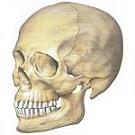
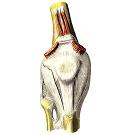
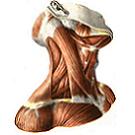

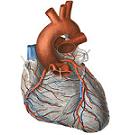

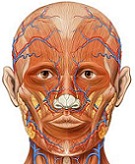

Comments
When commenting on, remember that the content and tone of your message can hurt the feelings of real people, show respect and tolerance to your interlocutors even if you do not share their opinion, your behavior in the conditions of freedom of expression and anonymity provided by the Internet, changes Not only virtual, but also the real world. All comments are hidden from the index, spam is controlled.